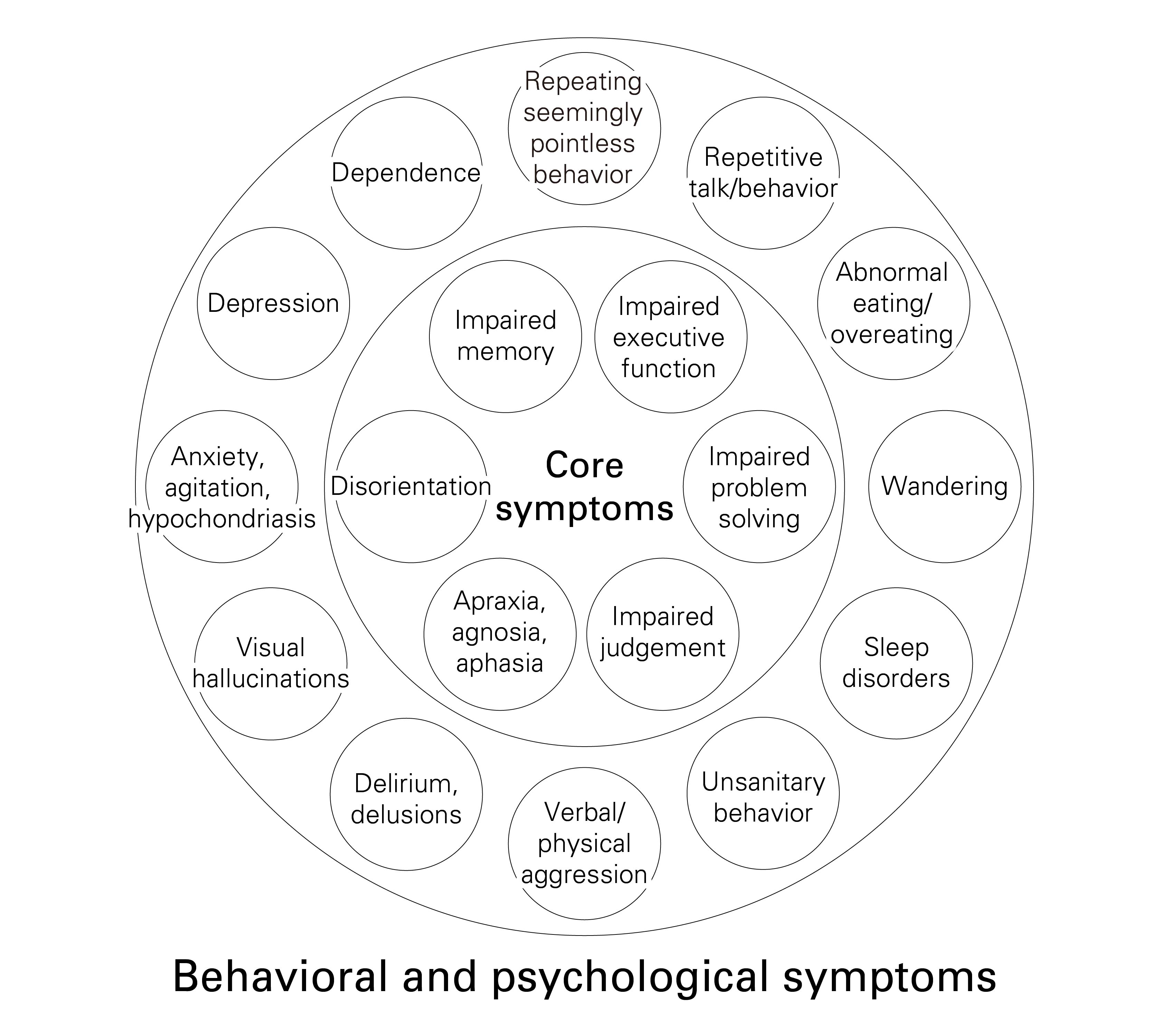The Dementia World Travel Guide

This is the Dementia World. In this world, people and dementia live alongside each other, and everybody experiences a wide variety of unexpected occurrences.
Payment Wall: Here, hurdles must be overcome before people can successfully make payments
Village of the Faceless Tribe: Being in this village makes it impossible to tell one person from another
2D Ginza Shopping District: Where streets never lead to a destination
Timedistortion Palace: Where time passes surprisingly fast
Sleeve Tunnel: This tunnel obscures the direction your arm is going
In fact, whether we have dementia or not, we could all experience these things. Cognitive function declines with age. Sometimes we are tired or we find ourselves in unfamiliar environments.
In this series, we will describe the experiences of people with dementia in anecdotes and travel stories from the Dementia World. Our stories will be easy to understand, familiar to you, and, of course, fun to read.
11 areas and 180 challenges of daily living
When, where, and in which situations do people with dementia feel that daily living is difficult? We gathered their voices through interviews and created the map below by sorting what we heard into 180 keywords or challenges of daily living, which fall under 11 areas.

To provide full, 360-degree coverage of aspects of daily living for people with dementia, we came up with 11 areas: : getting dressed, eating, home living, budgeting, shopping, care, movement, socializing, leisure, study, and work.
So far, we have identified 180 challenges that fall under these areas, but that number might increase as we conduct more interviews and make new findings. We will focus on one or a few of the 180 challenges of daily living in each issue of this series.
64 mental and physical dysfunctions
Behind the 11 areas and the 180 challenges of daily living, there are mental and physical dysfunctions associated with diseases such as Alzheimer's dementia, Lewy body dementia, vascular dementia, and frontotemporal dementia. These mental and physical dysfunctions are generally categorized into "core symptoms" and "behavioral and psychological symptoms."

However, this categorization and these terms strongly reflect the perspectives of people providing healthcare or long-term care and do not help us understand what is really happening within the minds and bodies of people with dementia.
Therefore, in our interviews, we asked people with dementia to talk about problems with their mental and physical functions in their own words. We then sorted the problems they described into 64 mental and physical dysfunctions, reflecting the perspectives of people with dementia. Again, 64 is merely the number we have today.

Carers often tell us that people with dementia do not like taking baths. There are indeed various reasons behind why they might not want to take baths, which could be misinterpreted as them being resistant to long-term care.
Some people with dementia might say they feel the water is too hot because their senses of temperature are skewed. Some say they get unpleasant, slimy sensations when their bodies touch the bathtub. Others might have difficulties changing clothes due to problems with their visuospatial or physical functions but are reluctant to receive assistance. Yet others could believe that they have just taken a bath because their sense of time or memories are distorted.
As this example about taking baths illustrates, difficulties faced by people with dementia are associated with unique sets of mental and physical dysfunctions. It is important to note that insufficient understanding of this fact among people around them adds to the difficulties faced by people with dementia.

Have altered skin sensations

Cannot tell distance

Cannot tell depth

Cannot associate when with what
Above are examples of how we will be illustrating, in an easy-to-understand manner, mental and physical dysfunctions that lie behind each of the challenges of daily living that we will examine in this series (such as checking out at supermarkets, following signs, and taking baths).
We hope that our stories from the Dementia World will help you better understand what dementia really is.
- Editing and Writing: Yusuke Kakei/ Miho Inagaki (issue+design)
- Writing support: Yukiko Seno (EATLAB)
- Design: Kohey Shimizu/ Chiemi Inaba (office nice)
- Research: Satoko Hotta (Keio University), Masayo Yano, Maki Takei (issue+design)
- Supervision: Naomi Higuchi

